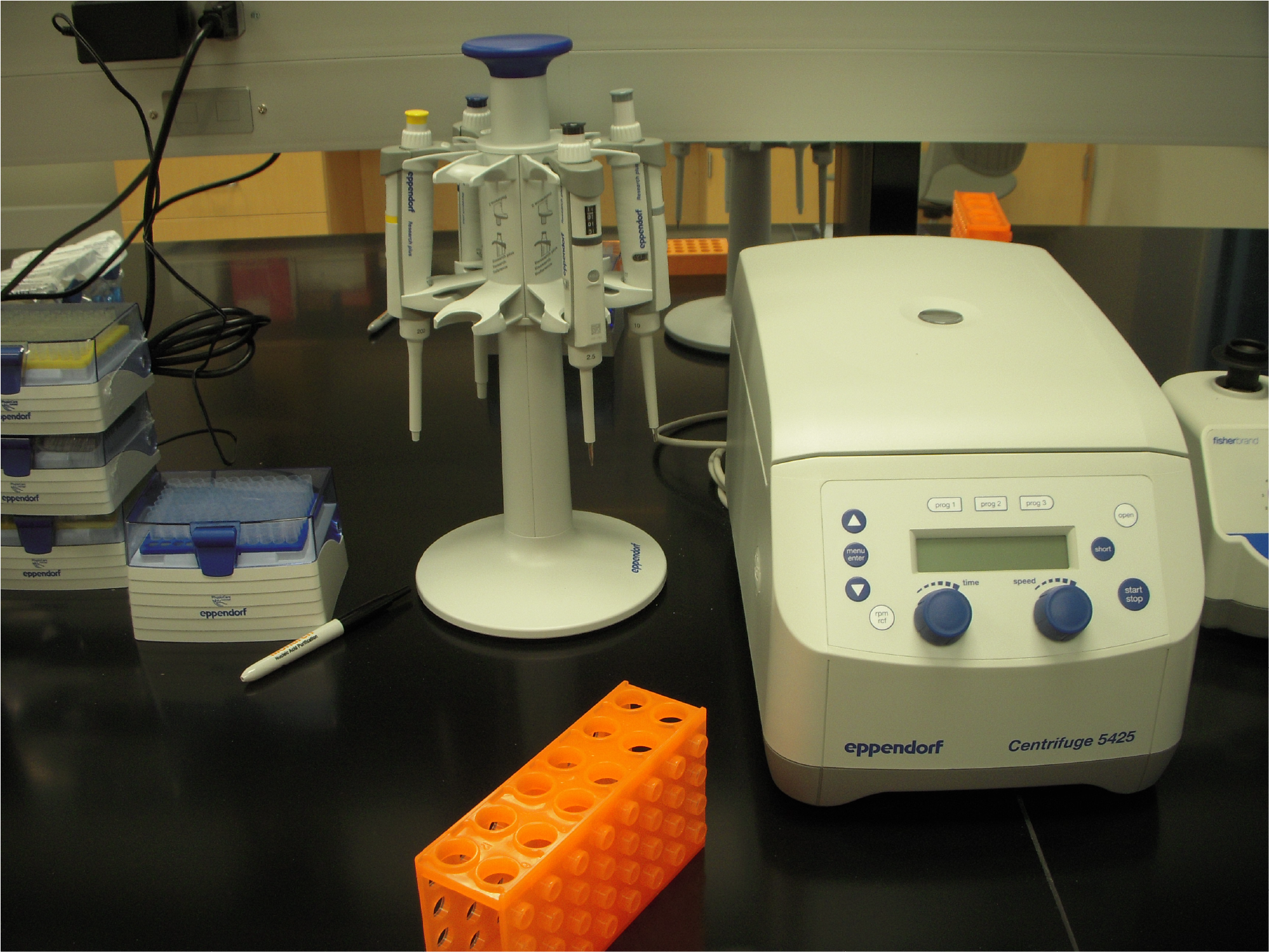Week 15 (5/7/21) – We discussed a recent publication from the Bentley lab on nascent RNA structure. Saldi and colleagues took advantage of the tNET-seq protocol, which uses RNA polymerase immunoprecipitation to select for newly synthesized RNA, to ask questions about the structure of nascent RNAs. They developed tNET-structure-seq by combining nascent RNA selection with enzymatic and chemical structure probing to develop structure data on precursor RNAs. Interestingly they found that a subset of well-spliced junctions have steep differences in the amount of structure between the intronic and exonic regions. Structure could be an important element of defining splice junctions. Much of the highly structured nature of introns is due to Alu elements, which are often present as inverted repeats that can form double-stranded RNA. Structure is an inherent aspect of RNA. One question in the RNA field is what the impact of transcription speed is on RNA folding, especially in vivo. Saldi, et al., use a RNA Pol II mutant that is about 3 times slower than normal to understand what altering the transcription rate does to nascent RNA across the transcriptome. This slower transcription results in higher amounts of structure overall. One surprising take-away is that many genes are actually spliced more efficiently at slower speeds. The ability of RNA pol II speed to influence transcript structure also provides a mechanism for linking upstream effect on transcription to downstream post-transcriptional effects.

Lackey Lab